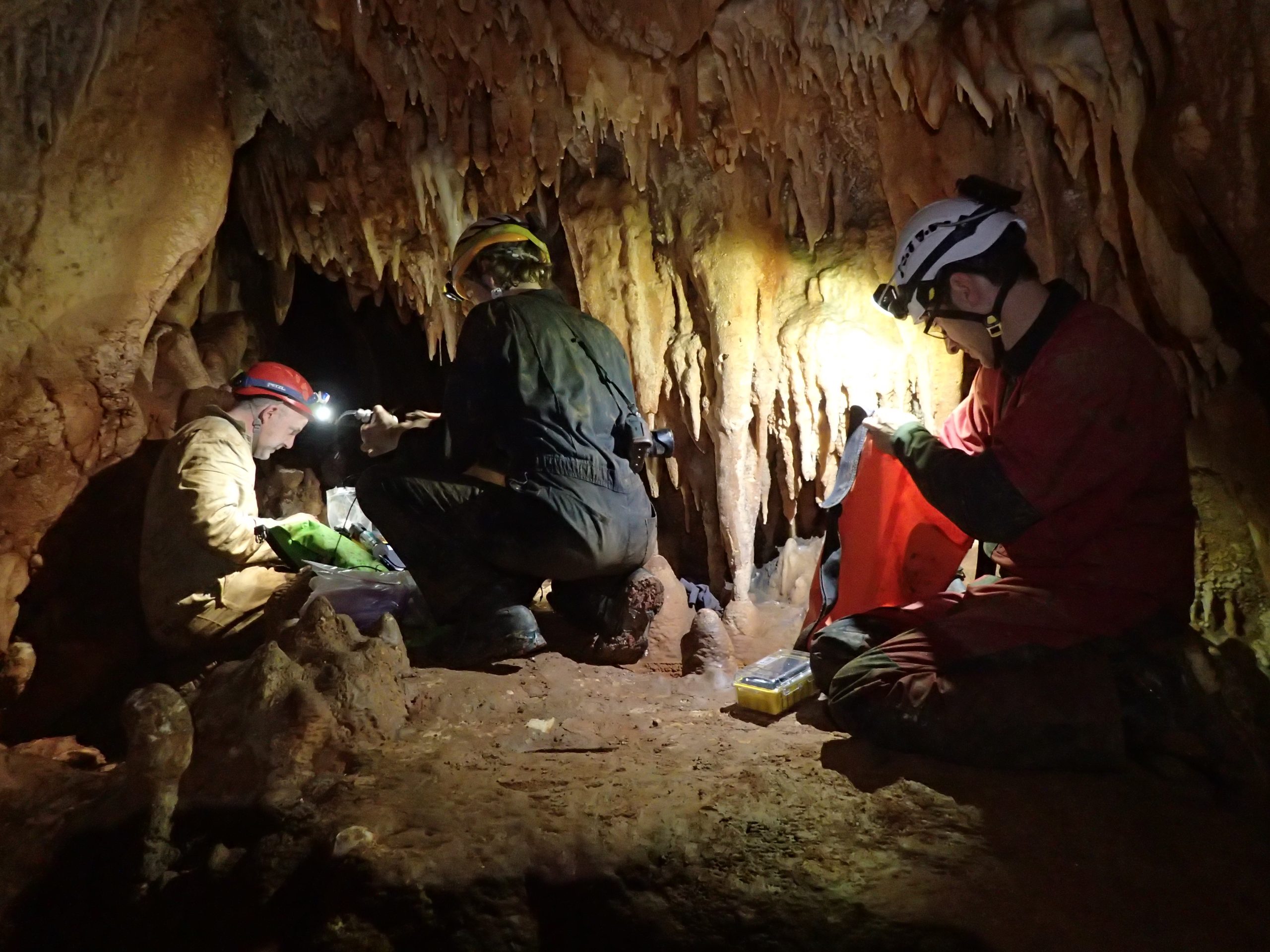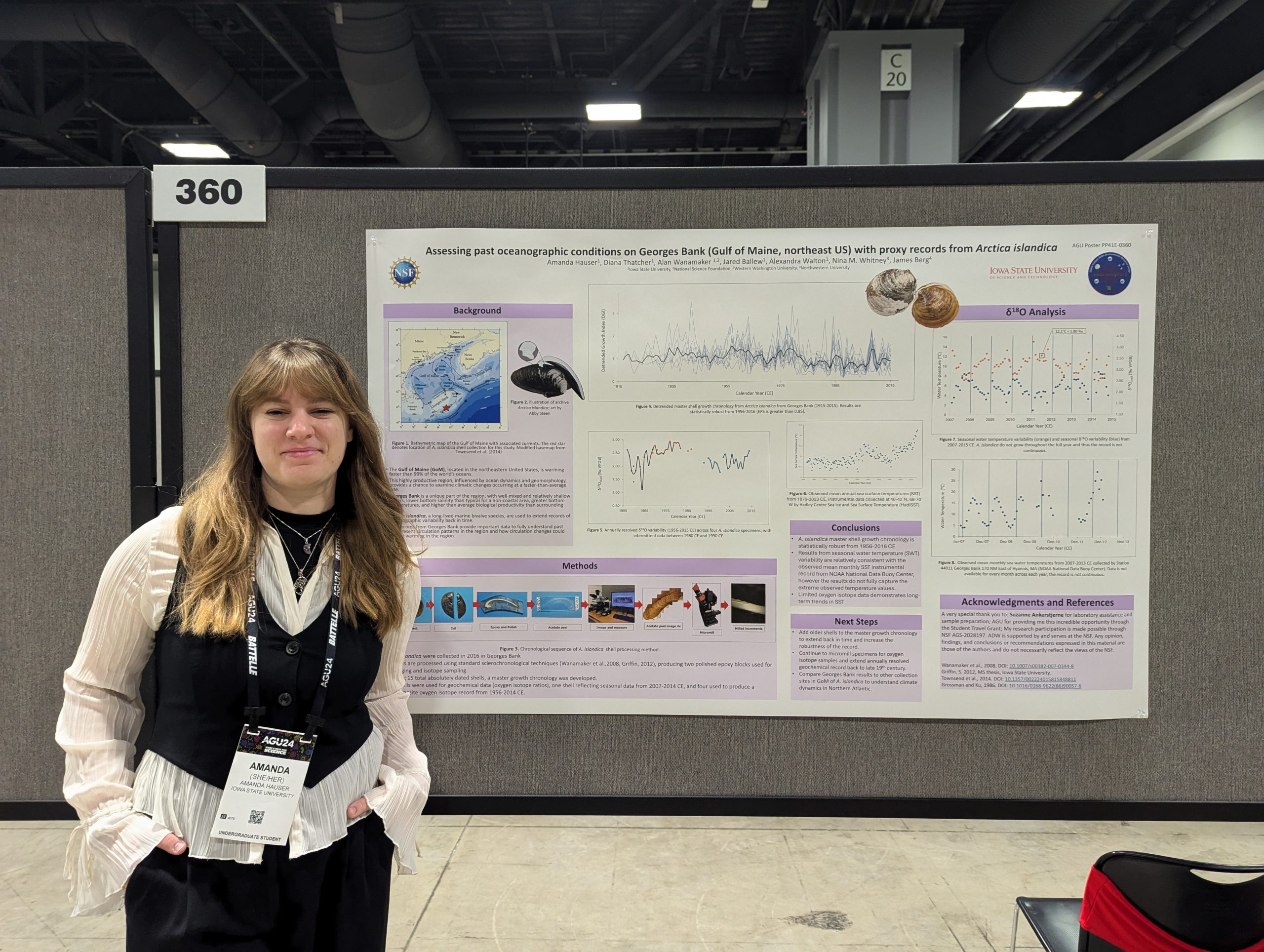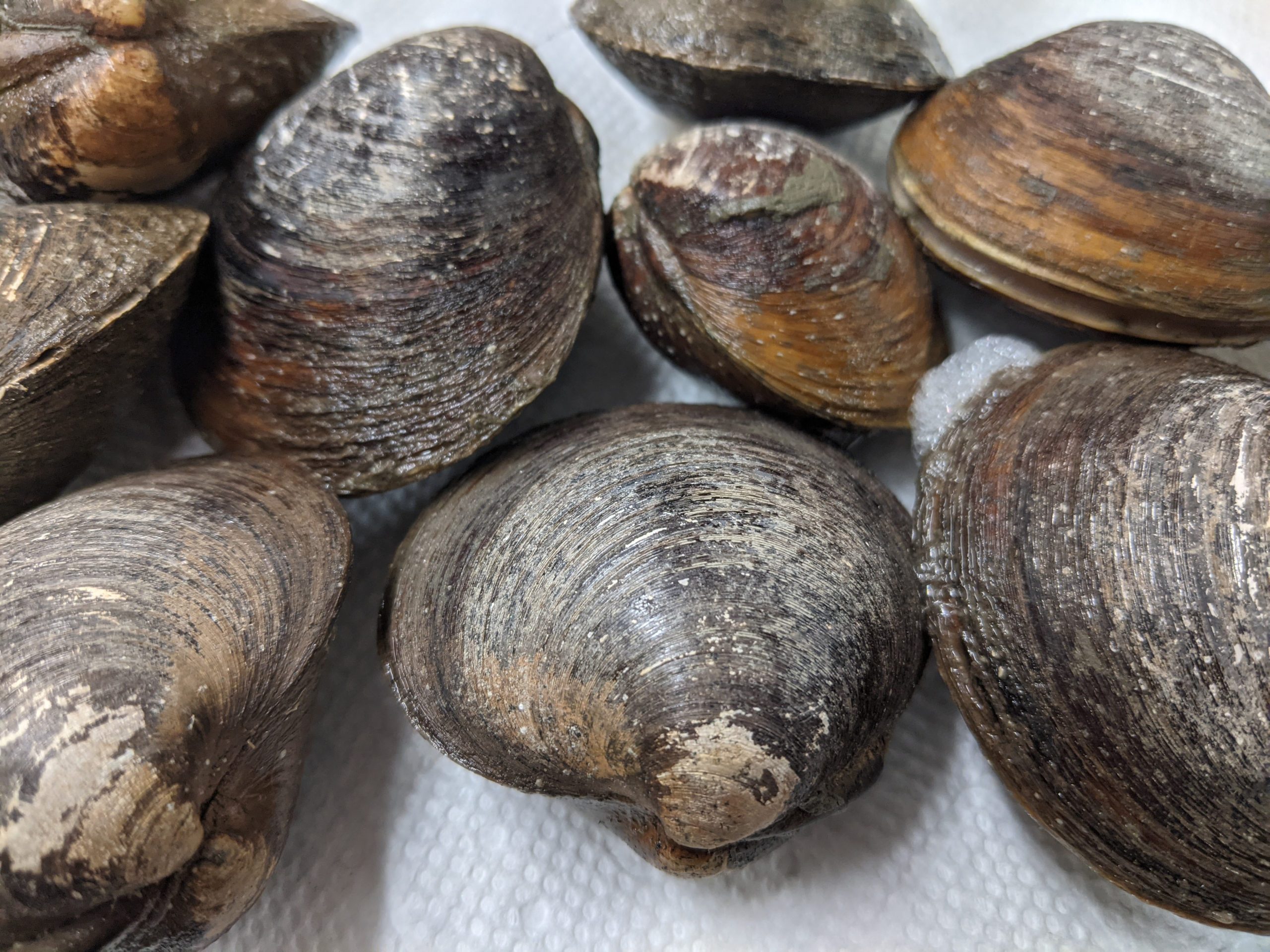Why study past environments?
We try to understand how the atmosphere and oceans behaved in the past. By doing this, we can document the natural range of variability in these systems. This allows us to better understand the impacts global change might bring due to increased anthropogenic forcing.
 Geochemical tools for reconstructing past climates and environments
Geochemical tools for reconstructing past climates and environments
There are many methods to investigate past climates and environments. Of these methods, stable isotope geochemistry is perhaps one of the most powerful and reliable tools. We specialize in stable carbon, oxygen, nitrogen, and hydrogen isotopes from water, soils, and carbonates to infer past environmental conditions.
What is sclerochronology?
Sclerochronology is considered by many to be the aquatic equivalent of dendrochronology. This powerful method is helping to unlock high-resolution marine archives (e.g., corals, corallines, mollusks, otoliths) for paleoclimate and paleoecology studies. Sclerochronological techniques are commonly used in freshwater environments as well.


 Geochemical tools for reconstructing past climates and environments
Geochemical tools for reconstructing past climates and environments
